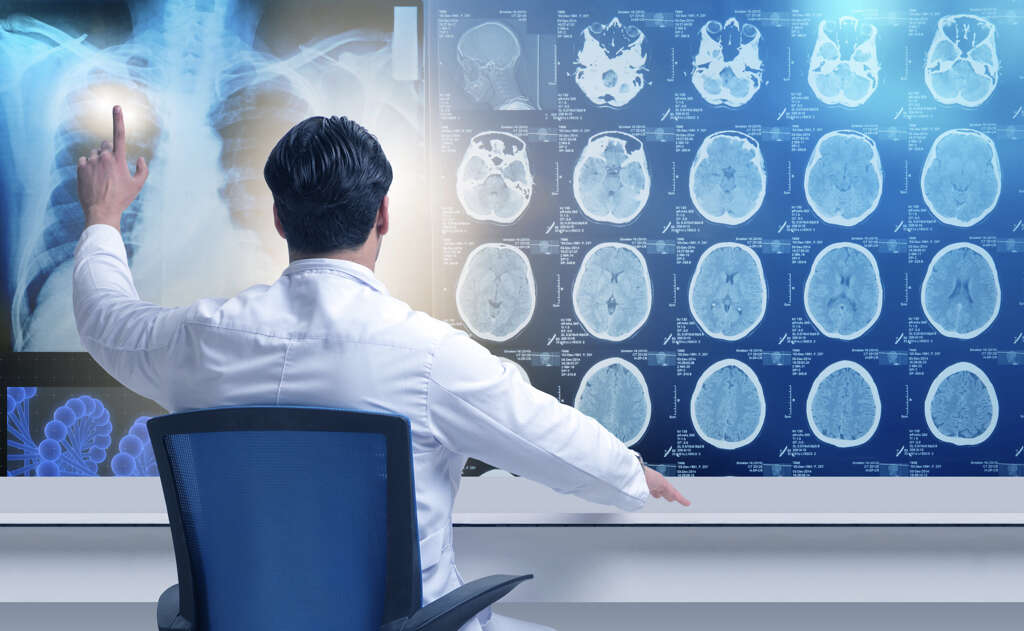What Is Mania?
7. Diagnosis
The diagnosis of bipolar disorder can be achieved based on the signs and symptoms the patient has experienced. Interviewing a family member or friend can also be beneficial.
Investigations (complete blood count, fasting glucose, erythrocyte sedimentation rate, electrolytes, proteins, biomarkers, thyroid hormones, creatinine, blood urea nitrogen, liver function tests, screening for alcohol or substance abuse) and medical imaging (magnetic resonance imaging, electrocardiography, electroencephalography) can be used to rule out other conditions such as epilepsy, acquired immunodeficiency syndrome (AIDS), cyclothymic disorder, circadian rhythm desynchronization, substance abuse disorders (hallucinogens, amphetamines, cocaine, alcohol, opiates), and multiple personality disorder. A review of the patient’s medications can also be beneficial as some medications (like antidepressants, captopril, corticosteroids, bromocriptine, levodopa, and more) can also be the cause of mania.
Advertisement











